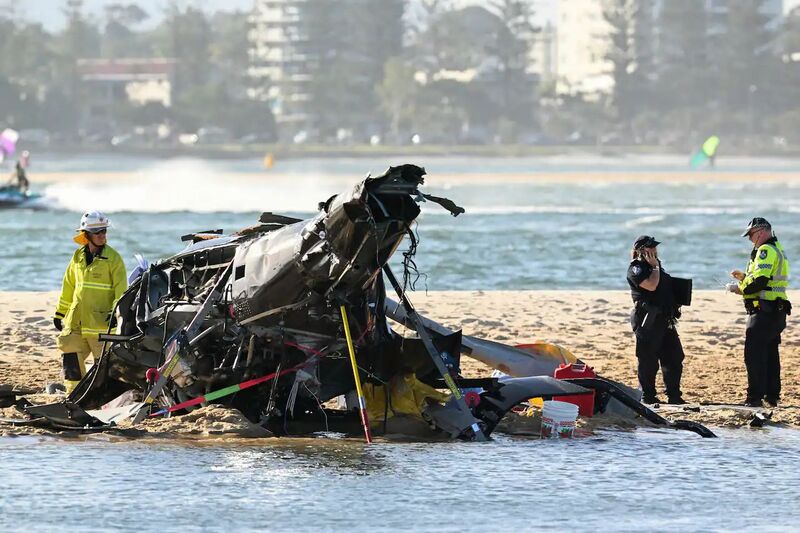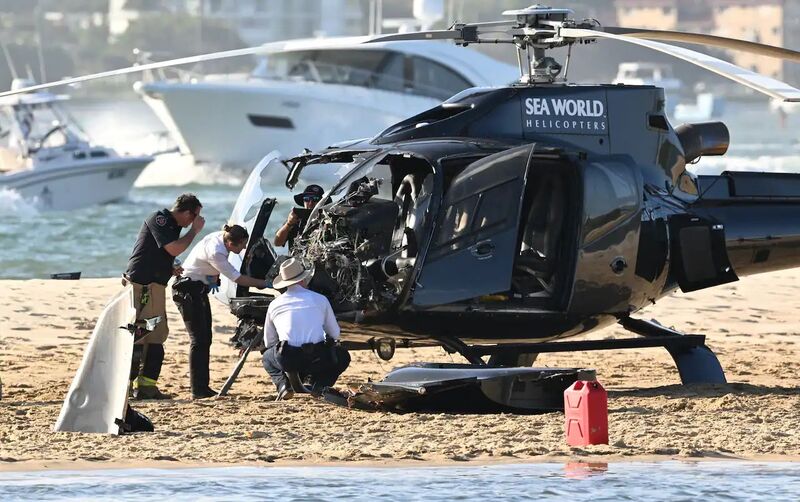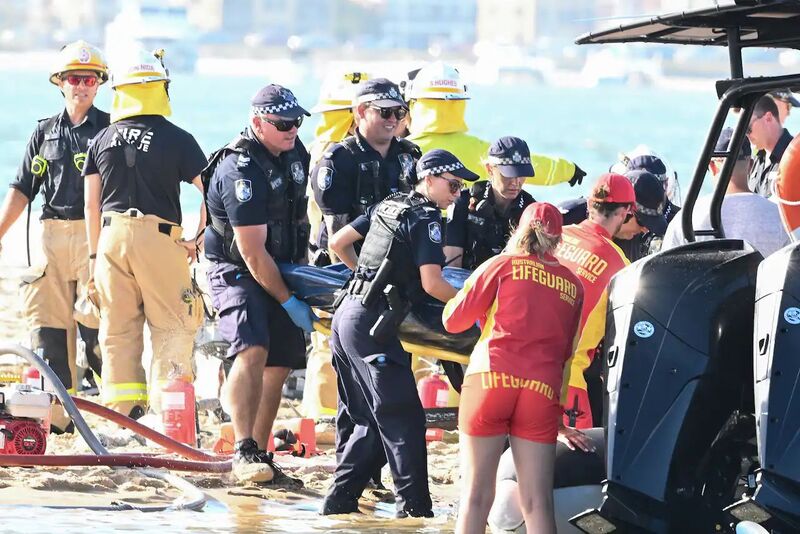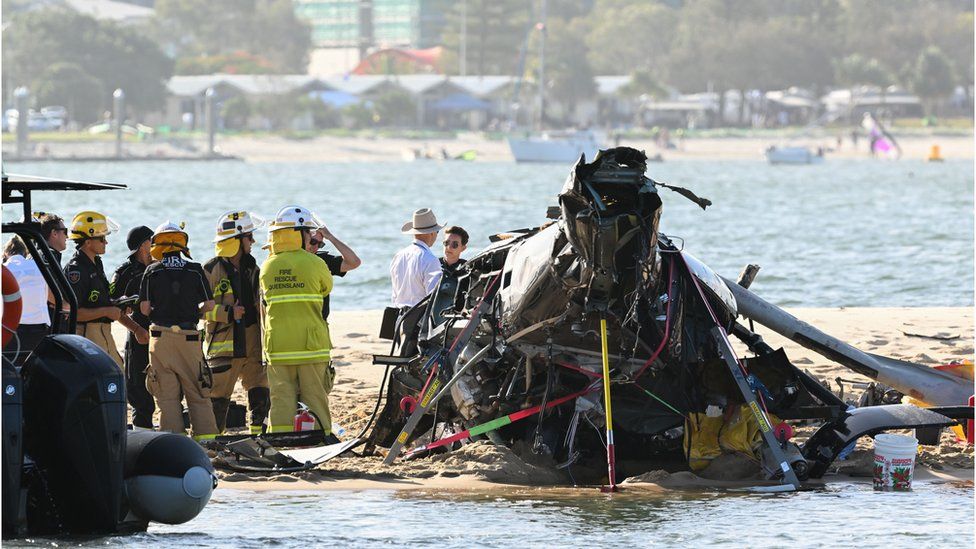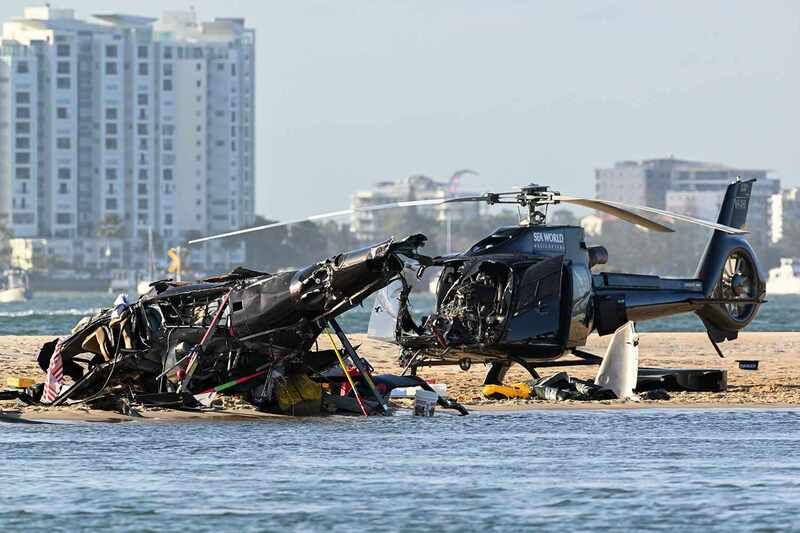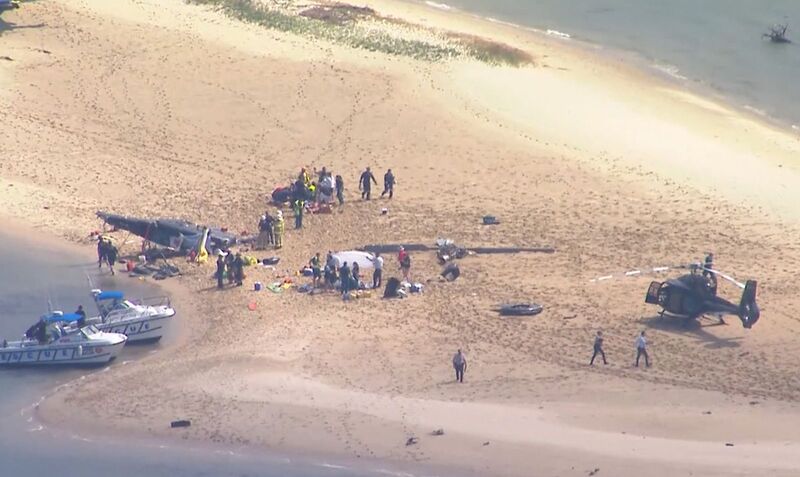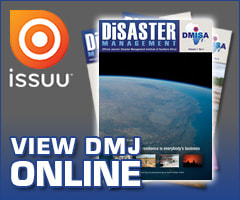- Home
- Magazines
-
Newsletters
- 19 July 2024
- 12 July 2024
- 5 July 2024
- 28 June 2024
- 14 June 2024
- 7 June 2024
- 31 May 2024
- 24 May 2024
- 17 May 2024
- 10 May 2024
- 3 May 2024
- 26 April 2024
- 19 April 2024
- 12 April 2024
- 22 March 2024
- 15 March 2024
- 8 March 2024
- 1 March 2024
- 23 February 2024
- 16 February 2024
- 9 February 2024
- 26 January 2024
- 19 January 2024
- 12 January 2024
- 22 December 2023
- 1 December 2023
- 24 November 2023
- 10 November 2023
- 3 November 2023
- 27 October 2023
- 20 October 2023
- 13 October 2023
- 6 October 2023
- 29 September 2023
- 22 September 2023
- 15 September 2023
- 8 September 2023
- 25 August 2023
- 18 August 2023
- 11 August 2023
- 4 August 2023
- 28 July 2023
- 21 July 2023
- 14 July 2023
- 7 July 2023
- 30 June 2023
- 23 June 2023
- 15 June 2023
- 2 June 2023
- 26 May 2023
- 19 May 2023
- 12 May 2023
- 5 May 2023
- 28 April 2023
- 21 April 2023
- 14 April 2023
- 6 April 2023
- 31 March 2023
- 24 March 2023
- 17 March 2023
- 10 March 2023
- 3 March 2023
- 24 February 2023
- 17 February 2023
- 10 February 2023
- 3 February 2023
- 27 January 2023
- 13 January 2023
- 22 December 2022
- 15 December 2022
- 9 December 2022
- 2 December 2022
- 25 November 2022
- 18 November 2022
- 11 November 2022
- 4 November 2022
- Advertising
- Subscribe
- Articles
-
Galleries
- AOSH Firexpo 2024
- Midvaal Fit to Fight Fire 2024
- WoF KNP 2023 Gallery
- TFA 2023 Gallery
- DMISA Conference 2023
- ETS 2023 Gallery
- Drager Fire Combat and Rescue Challenge 2023
- AOSH Firexpo 2023
- Midvaal Fit to Fight Fire
- WC IFFD 2023
- NMU 13th Fire Management Symposium 2022
- JOIFF Africa Conference 2022
- ETS 2022 Gallery
- TFA 2022 Gallery
- IFFD 2018
- SAESI
- TFA
- WRC 2018
- WRC 2019
- A-OSH/Securex
- IFE AGM 2019
- ETS Ind Fire Comp Nov 2019
- ETS Challenge 2021
- Drager launch
- Drager Fire Combat and Rescue Challenge 2022
- TFA
- Contact
- Home
- Magazines
-
Newsletters
- 19 July 2024
- 12 July 2024
- 5 July 2024
- 28 June 2024
- 14 June 2024
- 7 June 2024
- 31 May 2024
- 24 May 2024
- 17 May 2024
- 10 May 2024
- 3 May 2024
- 26 April 2024
- 19 April 2024
- 12 April 2024
- 22 March 2024
- 15 March 2024
- 8 March 2024
- 1 March 2024
- 23 February 2024
- 16 February 2024
- 9 February 2024
- 26 January 2024
- 19 January 2024
- 12 January 2024
- 22 December 2023
- 1 December 2023
- 24 November 2023
- 10 November 2023
- 3 November 2023
- 27 October 2023
- 20 October 2023
- 13 October 2023
- 6 October 2023
- 29 September 2023
- 22 September 2023
- 15 September 2023
- 8 September 2023
- 25 August 2023
- 18 August 2023
- 11 August 2023
- 4 August 2023
- 28 July 2023
- 21 July 2023
- 14 July 2023
- 7 July 2023
- 30 June 2023
- 23 June 2023
- 15 June 2023
- 2 June 2023
- 26 May 2023
- 19 May 2023
- 12 May 2023
- 5 May 2023
- 28 April 2023
- 21 April 2023
- 14 April 2023
- 6 April 2023
- 31 March 2023
- 24 March 2023
- 17 March 2023
- 10 March 2023
- 3 March 2023
- 24 February 2023
- 17 February 2023
- 10 February 2023
- 3 February 2023
- 27 January 2023
- 13 January 2023
- 22 December 2022
- 15 December 2022
- 9 December 2022
- 2 December 2022
- 25 November 2022
- 18 November 2022
- 11 November 2022
- 4 November 2022
- Advertising
- Subscribe
- Articles
-
Galleries
- AOSH Firexpo 2024
- Midvaal Fit to Fight Fire 2024
- WoF KNP 2023 Gallery
- TFA 2023 Gallery
- DMISA Conference 2023
- ETS 2023 Gallery
- Drager Fire Combat and Rescue Challenge 2023
- AOSH Firexpo 2023
- Midvaal Fit to Fight Fire
- WC IFFD 2023
- NMU 13th Fire Management Symposium 2022
- JOIFF Africa Conference 2022
- ETS 2022 Gallery
- TFA 2022 Gallery
- IFFD 2018
- SAESI
- TFA
- WRC 2018
- WRC 2019
- A-OSH/Securex
- IFE AGM 2019
- ETS Ind Fire Comp Nov 2019
- ETS Challenge 2021
- Drager launch
- Drager Fire Combat and Rescue Challenge 2022
- TFA
- Contact
Follow us
Four people died in horror Gold Coast mid-air collision crash, Australia
On Monday, 2 January 2023, two Eurocopter EC130s collided mid-air and crashed near Sea World theme park in the city of Gold Coast, Queensland, Australia. The collision killed four people and injured eight, three critically. The two helicopters operated by Sea World Helicopters collided mid-air below 150 metres whilst one was attempting to land and the other departing from a helipad at Sea World theme park. Both helicopters were undertaking tourist trips for park-goers along the Gold Coast Broadwater, although the operator is not associated with the theme park.
Less than a minute after take-off, the departing helicopter (registration VH-XKQ) was struck in the tail by an arriving helicopter (registration VH-XH9). This resulted in the departing helicopter’s main rotor blades and gearbox separating, causing the helicopter to crash on a sandbar, killing four on board including the pilot and leaving three in critical condition. The arriving helicopter was able to stabilise itself after the collision and successfully perform an emergency landing on the same sandbar with substantial damage. All six on board survived without critical injury, with five of the six survivors on the arriving helicopter suffering minor glass shrapnel wounds from the shattered cockpit windshield. An Australian pilot and two British nationals, believed to be husband and wife, were among the four people who died in a horror helicopter crash on the Gold Coast after a mid-air collision near the Sea World theme park on Monday. One helicopter fell upside down into a sandbank at the water's edge, scattering debris over a wide area in the crash. The second helicopter's windscreen was shattered but the 52-year-old pilot "remarkably" managed to land on the sand bar with five of the six people aboard suffering minor glass shrapnel wounds. His passengers included a 27-year-old West Australian woman and two New Zealand couples who were travelling together - a 44-year-old man and a 43-year-old woman and a man and woman aged 48 and 45. Many members of the public witnessed the collision, with beachgoers, boaters and nearby police attending the scene to provide first aid and free injured passengers from the helicopter. Queensland Ambulance supervisor Jayney Shearman said another six patients were treated primarily for glass shrapnel wounds. All nine survivors were taken to hospital for further treatment: eight were transported to Gold Coast University Hospital and one was transported to Queensland Children’s Hospital. The three critically injured survivors were on the departing helicopter and included a 33-year-old woman and her nine-year-old son and a 10-year-old child. The four who died were a 40-year-old pilot, a 36-year-old woman and British couple, aged 65 and 57 respectively. Pilot Ashley Jenkinson, 40, has been remembered as a "legend" and a "true gentleman" by friends and colleagues in the aviation industry. Jenkinson worked as a Sea World chief pilot and also assisted with natural disasters and emergency relief efforts last year in NSW's Northern Rivers. His friend, Andrew Taylor, said the news of his friend's death was "gut-wrenching". Australian Transport Safety Bureau (ATSB) Chief Commissioner Angus Mitchell said it was "an extremely difficult day" for witnesses and first responders of the "confronting" collision. "We are very fortunate that we're not standing here with far more deaths, notwithstanding the fact that four fatalities is a very tragic outcome," he said. "The process now for the ATSB is to gather all the intelligence and all the evidence we can." The investigators will examine the wreckage and map the accident site, as well as gather any available recorded data for analysis and interview witnesses and other involved parties. Mitchell said two of the helicopters have been removed from the sand bar, while authorities will look into the wreckage, how long the helicopters were operating, what was happening in the cabins and how long the pilots were flying. Across Australia’s tourism sector, aviation expert Neil Hansford said reduced flying during the COVID pandemic has increased the commercial imperatives for quick flights. He said this has put immense pressure on pilots who need to complete flights around major tourism landmarks in blocks of five or On Wednesday de Silva’s husband, Neil, said his wife and her son had tickets for a 10-minute ride, which was priced from $145 per person on the Sea World Helicopters website. The shortest scenic flight on offer – of five minutes – was priced at less than $100 per person, while trips lasting more than an hour were also available. “It’s $85 for a five-minute flight,” Hansford said. “So the helicopter lands, you get the people off, then the next group of people are out … [the pilot] takes off, does a five-minute circuit, comes back and does it all again.” Hansford said despite the Gold Coast tragedy, commercial helicopter flights are extremely safe across Australia, “The engineering standards are high. The pilot qualifications are high. “I think one of the implications may be that [commercial operators] restrict the number of aircraft that they’re operating … and they don’t do these five-minute quickies.” Geoffrey Thomas, the editor-in-chief of Airlineratings.com, said helicopters were built for quick, short-distance flights and these kinds of accidents were extremely rare. “This is an accident that should never have happened. There were perfect flying conditions, both helicopters [were] in sight of each other and in communication with each other,” Thomas said. He said while it was too early to speculate on the cause of the crash, investigators would probably be assessing whether there were any distractions on board. He said it was astonishing that one of the pilots was able to land on the sandbank and his incredible skill saved the lives of passengers. “Looking at the damage to his helicopter, the whole front [windscreen] is smashed in. It’s an extraordinary piece of flying that’s basically saved six or seven people,” Thomas said. “And the other pilot who tragically died was the chief pilot. We’re talking about two very highly skilled helicopter pilots. Their skill level cannot be questioned.” Hansford said the Sea World helicopter route is more complicated than others as pilots fly over the water rather than approaching from over the top of the land. “At the Bathurst 1000, they have up to six helicopters operating but they all approach the landing pads in the one direction like a runway, and they all take off and climb to a certain height,” Hansford said. “There are four helipads [in Sea World] and you can only approach from Broadwater. That’s one of the problems because you got all the hotels along there and a very congested area.” The helicopter operator said it was rocked by the tragedy, expressing shock and deepest sympathy in a statement. "We and the entire flying community are devastated by what has happened and our sincere condolences go to all those involved and especially the loved ones and family of the deceased," a spokesperson for Sea World Helicopters said. Sources: SBS News |
Quick navigation
Social
|
Who are we?FRI Media (Pty) Ltd is an independent publisher of technical magazines including the well-read and respected Fire and Rescue International, its weekly FRI Newsletter and the Disaster Management Journal. We also offer a complete marketing and publishing package, which include design, printing and corporate wear and gifts. |
Weekly FRI Newsletter |
© Copyright 2018 Fire and Rescue International. All Rights Reserved.



